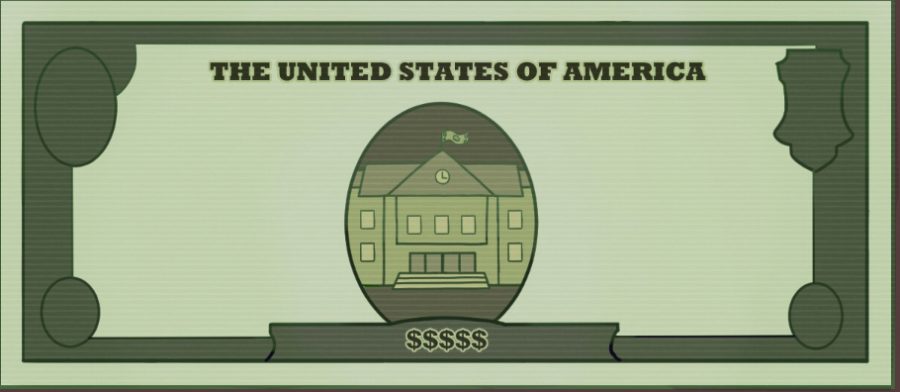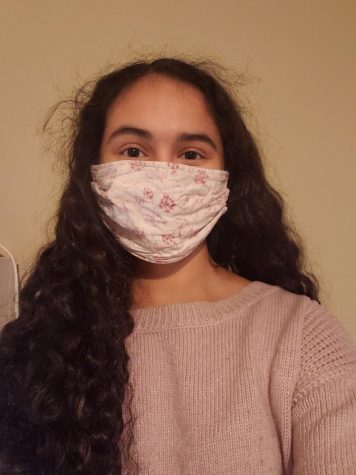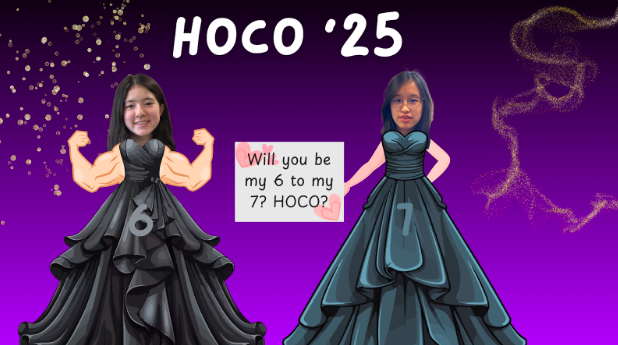America’s broken education system
February 24, 2020
We have often been told that access to education is what gives us the opportunity to succeed in the world. An education has been posed as the definite solution to breaking the cycle of poverty and allowing people from all backgrounds to succeed in their lives, regardless of wealth. However, it is undeniable that the American public education system is inherently unequal, and the system is leaving behind those who need it the most.
Illinois, for example, has some of the most disparate funding gaps in the entire country. According to a 2018 report by The Education Trust, Illinois has the worst funding gap in the entire country between rich and poor schools, with schools with the most poverty receiving 22% less in state and local funding than low poverty schools. The report also found that Illinois had the second worst funding gap between schools serving the most and least amounts of students of color, with schools with the most amount of students of color receiving over 15% less in funding than those with the least.
This is partly because in Illinois, state funding previously gave low poverty schools a little over half of the state funding; however, there were huge deficits in local funding because of its reliance on property taxes. According to The Telegraph, in Illinois cities other than Chicago, property wealth directly correlated to how much funding a district received. Data from the Illinois State Board of Education proves that high poverty districts received less funding while low poverty districts received the most funding.
To combat this, in 2017, lawmakers changed the funding system to increase state funding for schools and make poorer districts more of a priority. Each district would be given an “adequacy target” that determines how much money they need to supply students with the education the state requires. The goal is for all districts to reach 90% adequacy by 2027, but for many students who graduate before 2027, these measures are too late to help them.
What is problematic is that the amount of funding a district receives also correlates with how well students do academically. According to The Telegraph, elementary level students from the most funded are over two times as likely to meet state standards on standardized math tests, and are 1.8 times more likely to do so on standardized English language arts than students from the leaded funded districts. For high schoolers, attending a school from a top-funded district translates into 100 additional points on the SAT, with 55 points on math and 46 points on language arts.
The fact that the wealth of a school heavily influences the achievements of students is absolutely unacceptable. Education is supposed to bridge the gap between the rich and the poor, but it is clear that this is simply impossible when the quality of education for poorer districts cannot even begin to be compared to that of more affluent schools, just because of the differences in funding. The poorest neighborhoods deserve to have the best quality of education and sufficient funding, but it seems that in reality, it is frequently the opposite.
Schools like Fremd, for example, offer students countless more opportunities than schools in poorer neighborhoods do. Here at Fremd, every single student has a district-provided iPad and has the opportunity to take any of the 30+ AP classes offered. Meanwhile, poor public schools in Chicago can barely afford to provide their students with basic resources. A study by WBEZ Chicago found that a third of Chicago public schools had teacher vacancies for an entire year. It’s no wonder that students from poorer neighborhoods consistently do worse than students from more affluent neighborhoods, given that some districts don’t even have enough funding to hire the teachers to educate them.
Students from poorer districts should not have to wait until 2027 just to have access to the same opportunities that many of us in more affluent schools take for granted. Education is supposed to provide every student with the same opportunities, but instead it limits the poor and helps the rich get even more ahead. If Illinois continues to fail its low-income students, the gap between the rich and the poor will only widen and thousands more kids will be robbed of the chance to break the cycle of poverty before even entering the schooling system. Funding needs to be more adequately and equally distributed among districts regardless of how little they bring in from property wealth, so that every student has the chance to have a quality education. The education system must change to help students of all backgrounds equally, because it seems the root of the problem may be in the unfairness of the solution itself.



